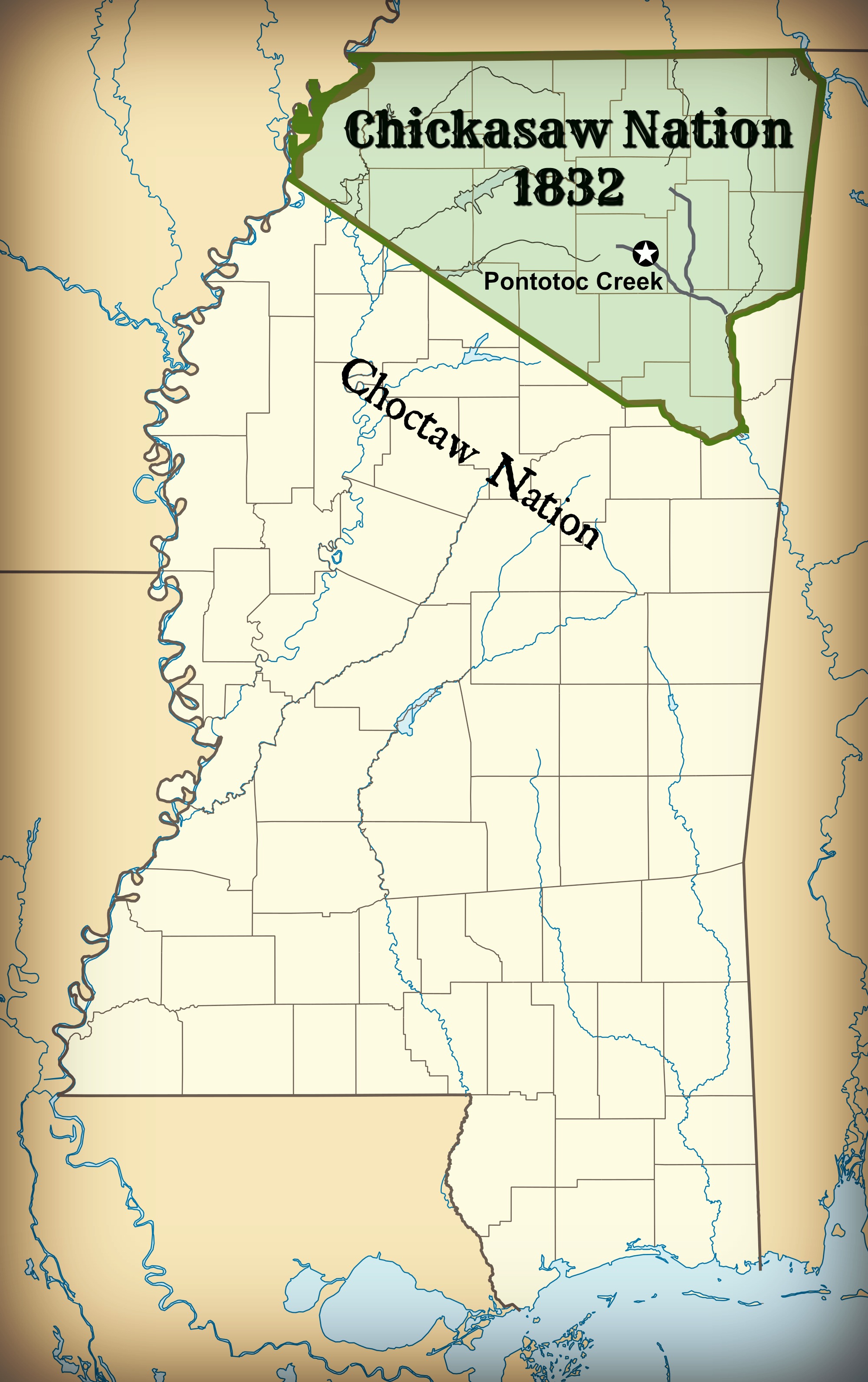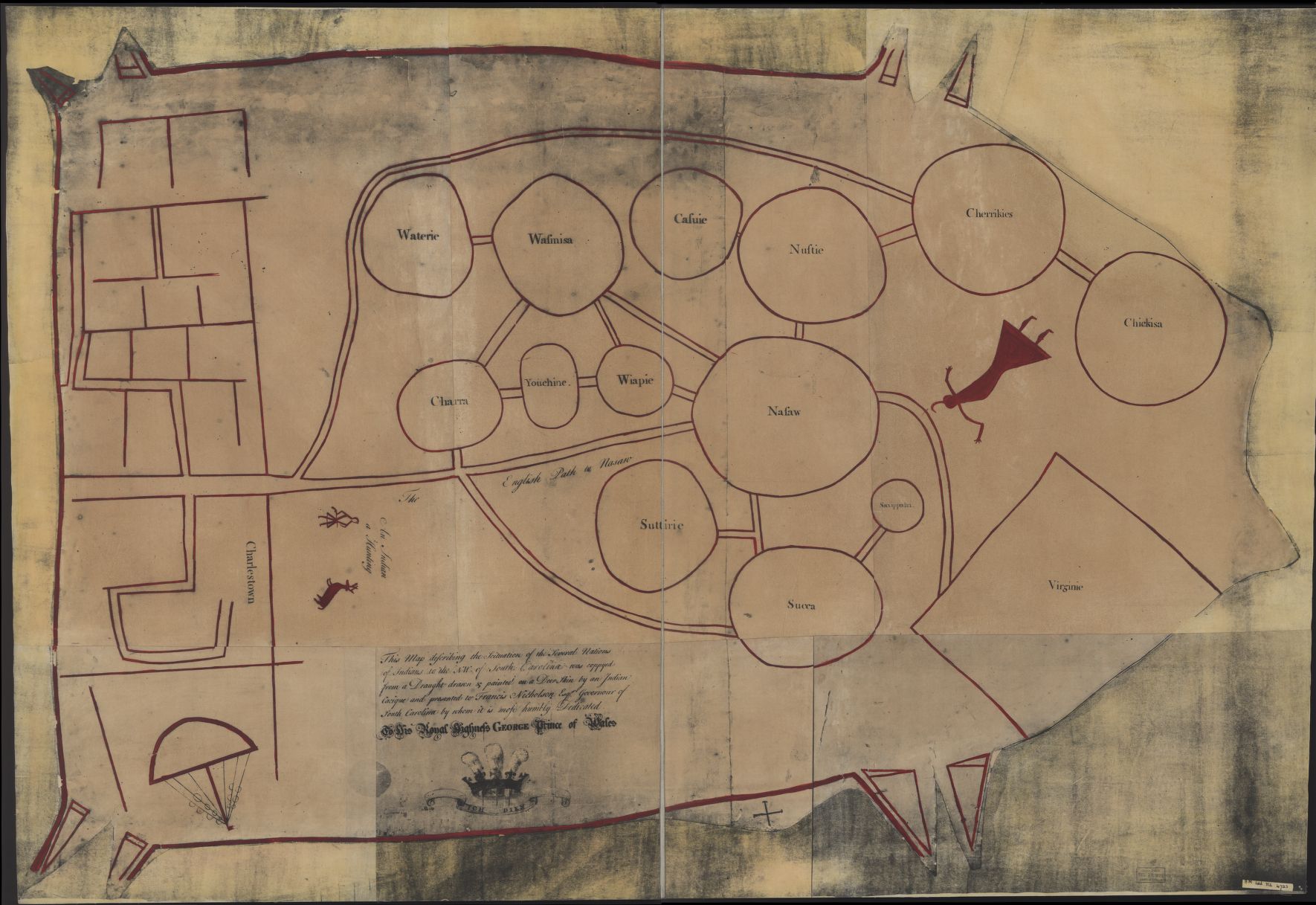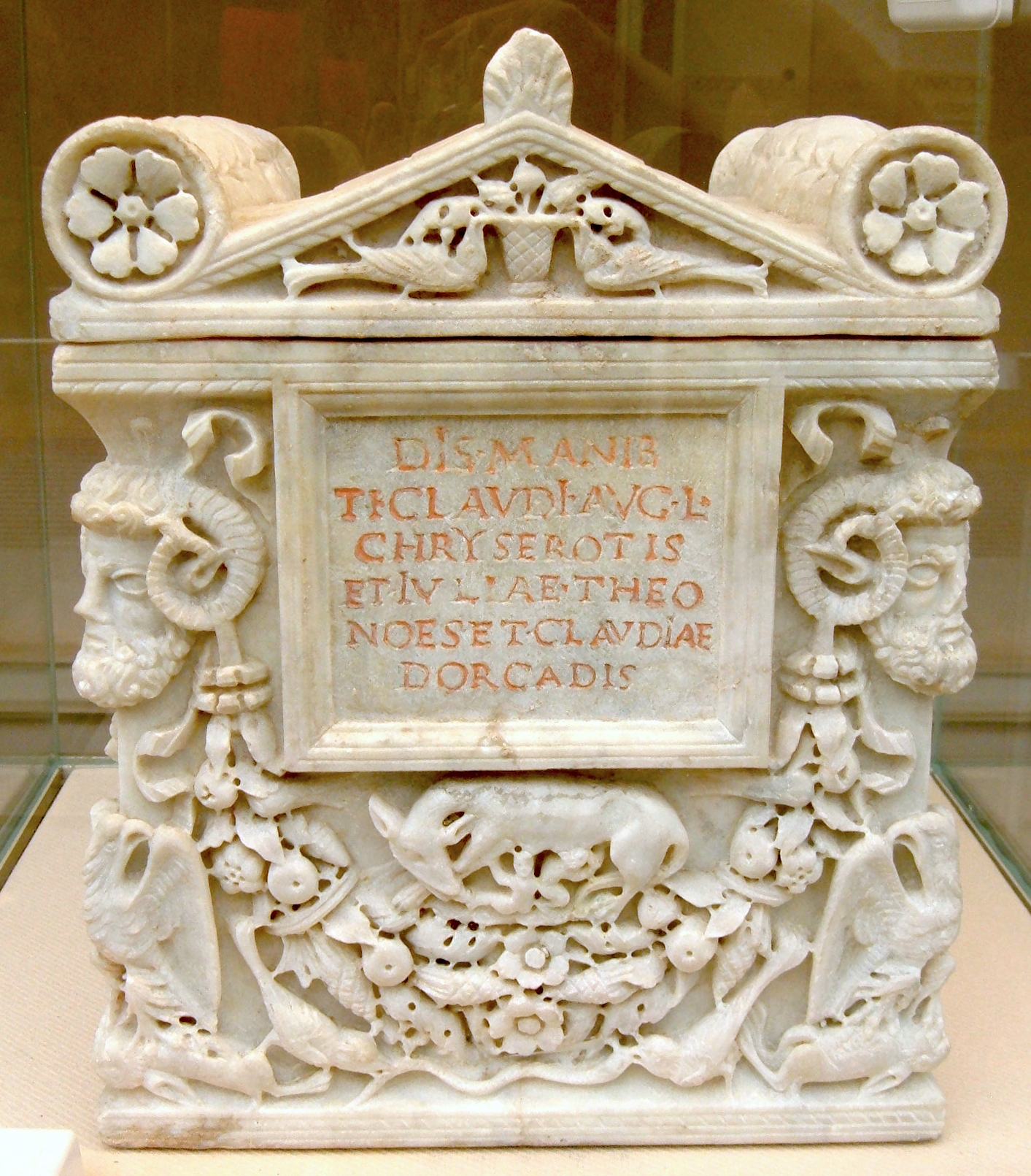|
Holly Springs, MS
Holly Springs is a city in, and the county seat of, Marshall County, Mississippi, United States, near the southern border of Tennessee. Near the Mississippi Delta, the area was developed by European Americans for cotton plantations and was dependent on enslaved Africans. After the Civil War, many freedmen continued to work in agriculture as sharecroppers and tenant farmers. As the county seat, the city is a center of trade and court sessions. The population was 7,699 at the 2010 census, which, compared to the 2000 census, was a decrease. Holly Springs has several National Register of Historic Places-listed properties and historic districts, including Southwest Holly Springs Historic District, Holly Springs Courthouse Square Historic District, Depot-Compress Historic District, and East Holly Springs Historic District. Hillcrest Cemetery contains the graves of five Confederate generals, and has been called "Little Arlington of the South". History European Americans founded Holly ... [...More Info...] [...Related Items...] OR: [Wikipedia] [Google] [Baidu] |
City
A city is a human settlement of notable size.Goodall, B. (1987) ''The Penguin Dictionary of Human Geography''. London: Penguin.Kuper, A. and Kuper, J., eds (1996) ''The Social Science Encyclopedia''. 2nd edition. London: Routledge. It can be defined as a permanent and densely settled place with administratively defined boundaries whose members work primarily on non-agricultural tasks. Cities generally have extensive systems for housing, transportation, sanitation, utilities, land use, production of goods, and communication. Their density facilitates interaction between people, government organisations and businesses, sometimes benefiting different parties in the process, such as improving efficiency of goods and service distribution. Historically, city-dwellers have been a small proportion of humanity overall, but following two centuries of unprecedented and rapid urbanization, more than half of the world population now lives in cities, which has had profound consequences for g ... [...More Info...] [...Related Items...] OR: [Wikipedia] [Google] [Baidu] |
Mississippi Delta
The Mississippi Delta, also known as the Yazoo–Mississippi Delta, or simply the Delta, is the distinctive northwest section of the U.S. state of Mississippi (and portions of Arkansas and Louisiana) that lies between the Mississippi and Yazoo Rivers. The region has been called "The Most Southern Place on Earth" ("Southern" in the sense of "characteristic of its region, the American South"), because of its unique racial, cultural, and economic history. It is long and across at its widest point, encompassing about , or, almost 7,000 square miles of alluvial floodplain. Originally covered in hardwood forest across the bottomlands, it was developed as one of the richest cotton-growing areas in the nation before the American Civil War (1861–1865). The region attracted many speculators who developed land along the riverfronts for cotton plantations; they became wealthy planters dependent on the labor of enslaved African Americans, who composed the vast majority of the populatio ... [...More Info...] [...Related Items...] OR: [Wikipedia] [Google] [Baidu] |
Virginia
Virginia, officially the Commonwealth of Virginia, is a state in the Mid-Atlantic and Southeastern regions of the United States, between the Atlantic Coast and the Appalachian Mountains. The geography and climate of the Commonwealth are shaped by the Blue Ridge Mountains and the Chesapeake Bay, which provide habitat for much of its flora and fauna. The capital of the Commonwealth is Richmond; Virginia Beach is the most-populous city, and Fairfax County is the most-populous political subdivision. The Commonwealth's population was over 8.65million, with 36% of them living in the Baltimore–Washington metropolitan area. The area's history begins with several indigenous groups, including the Powhatan. In 1607, the London Company established the Colony of Virginia as the first permanent English colony in the New World. Virginia's state nickname, the Old Dominion, is a reference to this status. Slave labor and land acquired from displaced native tribes fueled the ... [...More Info...] [...Related Items...] OR: [Wikipedia] [Google] [Baidu] |
Treaty Of Pontotoc Creek
The Treaty of Pontotoc Creek was a treaty signed on October 20, 1832 by representatives of the United States and the Chiefs of the Chickasaw Nation assembled at the National Council House on Pontotoc Creek in Pontotoc, Mississippi. The treaty ceded the 6,283,804 million acres of the remaining Chickasaw homeland in Mississippi in return for Chickasaw relocation on an equal amount of land west of the Mississippi River. The treaty followed an earlier agreement to move west of the Mississippi in 1830 which the Chickasaw refused to honor after discovering the poor nature of the land they received. Pressured by the aggression of the State of Mississippi to establish its jurisdiction over the Indians, Chickasaw Chiefs relented in 1832 to President Andrew Jackson's and his representatives offer of relocation in the west. The land was ceded to the U.S. with the understanding that the proceeds made in the sale of the land to white settlers would go to the Chickasaw. The treaty led to the Chi ... [...More Info...] [...Related Items...] OR: [Wikipedia] [Google] [Baidu] |
Indian Removal
Indian removal was the United States government policy of forced displacement of self-governing tribes of Native Americans from their ancestral homelands in the eastern United States to lands west of the Mississippi Riverspecifically, to a designated Indian Territory (roughly, present-day Oklahoma). The Indian Removal Act, the key law which authorized the removal of Native tribes, was signed by Andrew Jackson in 1830. Although Jackson took a hard line on Indian removal, the law was enforced primarily during the Martin Van Buren administration. After the passage of the Indian Removal Act in 1830, approximately 60,000 members of the Cherokee, Muscogee (Creek), Seminole, Chickasaw, and Choctaw nations (including thousands of their black slaves) were forcibly removed from their ancestral homelands, with thousands dying during the Trail of Tears. Indian removal, a popular policy among incoming settlers, was a consequence of actions by European settlers in North America during th ... [...More Info...] [...Related Items...] OR: [Wikipedia] [Google] [Baidu] |
Chickasaw
The Chickasaw ( ) are an indigenous people of the Southeastern Woodlands. Their traditional territory was in the Southeastern United States of Mississippi, Alabama, and Tennessee as well in southwestern Kentucky. Their language is classified as a member of the Muskogean language family. In the present day, they are organized as the Federally recognized tribe, federally recognized Chickasaw Nation. Chickasaw people have a migration story in which they moved from a land west of the Mississippi River, where they settled mostly in present-day northeast Mississippi, northwest Alabama, and into Lawrence County, Tennessee. They had interaction with French, English, and Spanish colonists during the Colonial history of the United States, colonial period. The United States considered the Chickasaw one of the Five Civilized Tribes of the Southeast, as they adopted numerous practices of European Americans. Resisting European-American settlers encroaching on their territory, they were force ... [...More Info...] [...Related Items...] OR: [Wikipedia] [Google] [Baidu] |
Hillcrest Cemetery
Hillcrest Cemetery is a historic cemetery in Holly Springs, Mississippi, United States. Established in 1837, it is known as the "Little Arlington of the South." It contains the burials of five Confederate generals. Location The cemetery is located on Center Street in Holly Springs, Marshall County, Mississippi. History The cemetery was established in 1837, when William S. Randolph, an early settler of Holly Springs, donated the land. The railings were designed by the Jones, McElwain and Company Iron Foundry prior to the Civil War. It is known as the "Little Arlington of the South" in allusion to the Arlington National Cemetery near Washington, D.C. Notable burials include five generals of the Confederate States Army: Samuel Benton, Winfield S. Featherston, Daniel Govan, Edward Walthall, and Absolom M. West. Other notable burials include Wall Doxey, Benjamin D. Nabers, Hiram Rhodes Revels, and James F. Trotter. Also buried there are painter Kate Freeman Clark, the wife and ... [...More Info...] [...Related Items...] OR: [Wikipedia] [Google] [Baidu] |
Southwest Holly Springs Historic District
The Southwest Holly Springs Historic District in Holly Springs, Mississippi is a historic district that was listed on the National Register of Historic Places The National Register of Historic Places (NRHP) is the United States federal government's official list of districts, sites, buildings, structures and objects deemed worthy of preservation for their historical significance or "great artistic v ... in 1983. Of the 80 buildings in the district, 53 are considered as adding to its architectural or historical significance. All of the properties in the district are residences. Construction dates range from the mid 1800s to the mid 1900s. Many of the homes are on tree lined streets with large yards. Walter Place, Fort Daniel Place, Fleur-de-Lis, and Mimosas are among the prominent residences. References Holly Springs, Mississippi Historic districts on the National Register of Historic Places in Mississippi National Register of Historic Places in Marshall Count ... [...More Info...] [...Related Items...] OR: [Wikipedia] [Google] [Baidu] |
Historic District
A historic district or heritage district is a section of a city which contains older buildings considered valuable for historical or architectural reasons. In some countries or jurisdictions, historic districts receive legal protection from certain types of development. Historic districts may or may not also be the center of the city. They may be coterminous with the commercial district, administrative district, or arts district, or separate from all of these. Historical districts are often parts of a larger urban setting, but they can also be parts or all of small towns, or a rural areas with historic agriculture-related properties, or even a physically disconnected series of related structures throughout the region. Much criticism has arisen of historic districts and the effect protective zoning and historic designation status laws have on the housing supply. When an area of a city is designated as part of a 'historic district', new housing development is artificially re ... [...More Info...] [...Related Items...] OR: [Wikipedia] [Google] [Baidu] |
National Register Of Historic Places
The National Register of Historic Places (NRHP) is the United States federal government's official list of districts, sites, buildings, structures and objects deemed worthy of preservation for their historical significance or "great artistic value". A property listed in the National Register, or located within a National Register Historic District, may qualify for tax incentives derived from the total value of expenses incurred in preserving the property. The passage of the National Historic Preservation Act (NHPA) in 1966 established the National Register and the process for adding properties to it. Of the more than one and a half million properties on the National Register, 95,000 are listed individually. The remainder are contributing resources within historic districts. For most of its history, the National Register has been administered by the National Park Service (NPS), an agency within the U.S. Department of the Interior. Its goals are to help property owners and inte ... [...More Info...] [...Related Items...] OR: [Wikipedia] [Google] [Baidu] |
Sharecroppers
Sharecropping is a legal arrangement with regard to agricultural land in which a landowner allows a tenant to use the land in return for a share of the crops produced on that land. Sharecropping has a long history and there are a wide range of different situations and types of agreements that have used a form of the system. Some are governed by tradition, and others by law. The Italian ''mezzadria'', the French ''métayage'', the Catalan '' masoveria'', the Castilian ''mediero'', the Slavic ''połowcy'' and ''izdolshchina'', and the Islamic system of ''muzara‘a'' (المزارعة), are examples of legal systems that have supported sharecropping. Overview Sharecropping has benefits and costs for both the owners and the tenant. Under a sharecropping system, the landowner provided a share of land to be worked by the sharecropper, and usually provided other necessities such as housing, tools, seed, or working animals. Local merchants usually provided food and other supplies ... [...More Info...] [...Related Items...] OR: [Wikipedia] [Google] [Baidu] |
Freedmen
A freedman or freedwoman is a formerly enslaved person who has been released from slavery, usually by legal means. Historically, enslaved people were freed by manumission (granted freedom by their captor-owners), abolitionism, emancipation (granted freedom as part of a larger group), or self-purchase. A fugitive slave is a person who escaped enslavement by fleeing. Ancient Rome Rome differed from Greek city-states in allowing freed slaves to become Plebs, plebeian citizens. The act of freeing a slave was called ''manumissio'', from ''manus'', "hand" (in the sense of holding or possessing something), and ''missio'', the act of releasing. After manumission, a slave who had belonged to a Roman citizen enjoyed not only passive freedom from ownership, but active political freedom ''(libertas)'', including the right to vote. A slave who had acquired ''libertas'' was known as a ''libertus'' ("freed person", grammatical gender, feminine ''liberta'') in relation to his former master, ... [...More Info...] [...Related Items...] OR: [Wikipedia] [Google] [Baidu] |








